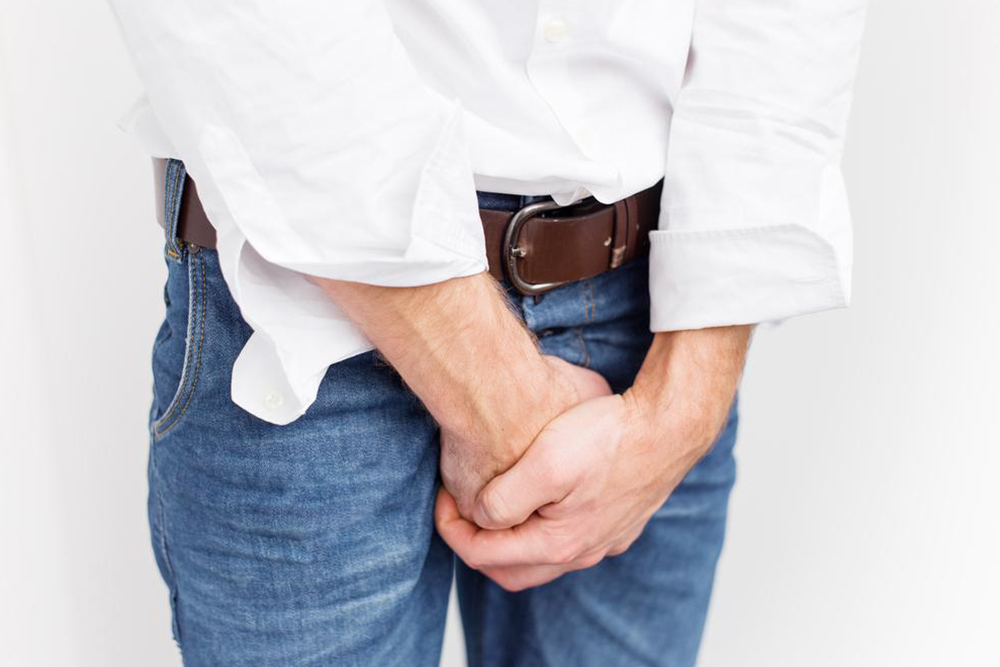Types of incontinence and diagnosis

Incontinence means a lack of control over the voluntary urination or defecation. While these functions are normally voluntary or under one’s control, 25-33% of the population is said to suffer from urinary incontinence. The severity of the condition varies from mild embarrassment of leaking urine on coughing to severe inability to control the urge to urinate.
Types
Stress incontinence – Women who are pregnant and who have had menopause usually suffer from this, and it is rarely caused due to emotions.
Urge incontinence – The second most prevalent kind, urge incontinence is when the bladder contracts suddenly and strongly and the victim hardly gets any time to reach the toilet. The urine simply drains with no control.
Overflow incontinence – This is common among males. An enlarged prostate can reduce the volume of the bladder and forces frequent urination. This leads to frequent urination and dribbling. Other causes are obstruction of ureter and urethra, and drain from the bladder.
Mixed incontinence – The patient suffers from both stress and urge incontinence at the same time.
Functional incontinence – This is usually associated with the elderly and is brought about by other disabilities like lack of mobility, poor eyesight and the likes.
Gross incontinence – The patient continuously leaks urine and suffers from continuous urge incontinence. Often, this is a congenital defect, or caused due to spinal injuries or the abnormal growth of a fistula to the vagina, anus or rectum.
Risks
There are a few risk factors for the onset of urinary incontinence. Obesity, smoking, gender, diseases like diabetes, kidney diseases, injury, medications, old age and prostate diseases are considered as risks.
Diagnosis
- The patient’s clinical history is a very important factor. The physician would want to know the exact volume of fluid input and urinary output, interval between urination, and details of the incidences of incontinence like the time, the quantity etc. A detailed bladder diary may have to be maintained to obtain the required information.
- A couple of blood tests and urine tests are needed to determine the presence of prostate and kidney diseases and urinary infections.
- An internal examination (through vagina/ rectum) may be required to ascertain the muscle strength of the floor of abdomen, the strength of the bladder sphincter and size of the prostate.
- An ultrasound of the urinary system is another common test.
- In rare cases an endoscopic examination may also called for.



